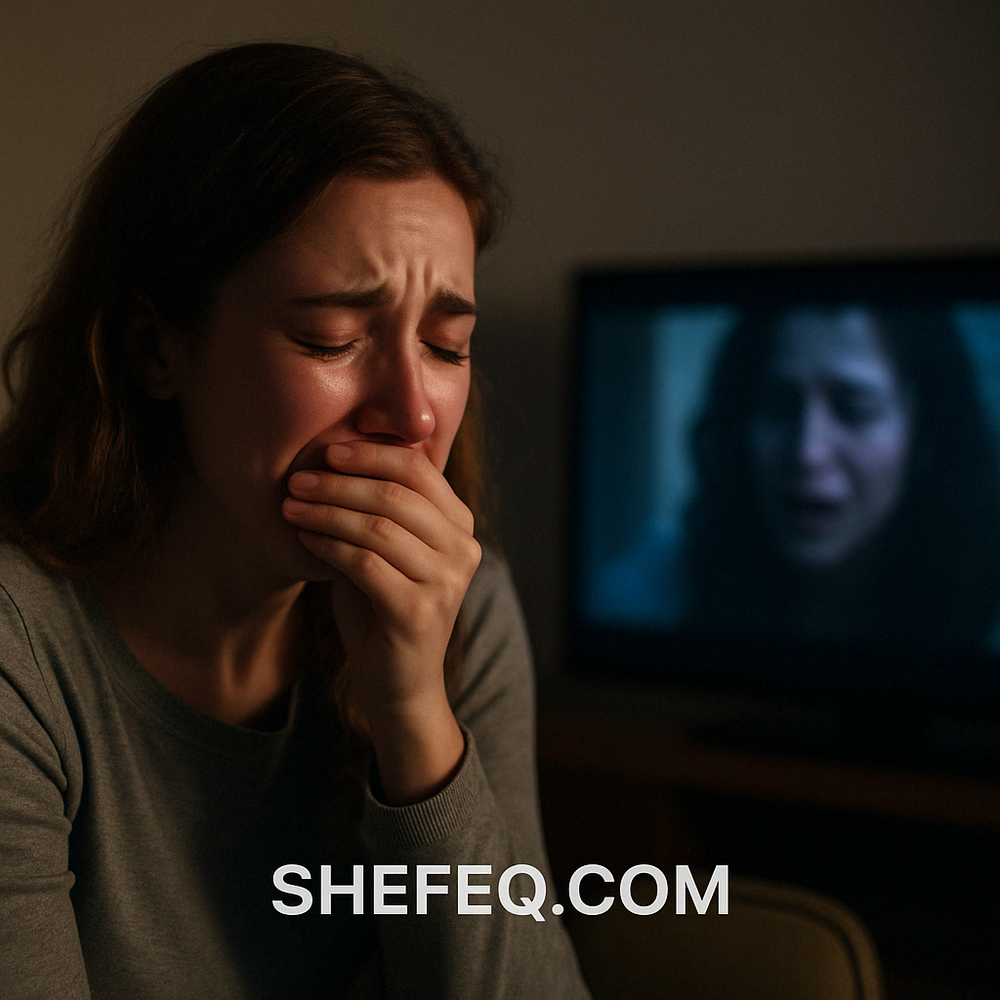Introduction: Why Do We Love Sad Films? People seek joyful moments, but sometimes they also willingly choose to experience sorrow. In cinema, this manifests through the genres of drama and tragedy. Tears, pain, separation, death — these make up some of the most powerful scenes in film. But why do we watch such sad stories and even enjoy them?
This article explores the impact of drama and tragedy on the brain, soul, and society — their historical roots, psychological mechanisms, and how they ultimately transform us.
-
What Are Drama and Tragedy? Drama: A genre built on emotional conflict and tension, reflecting human experiences.
Tragedy: A form with ancient origins that depicts a hero's downfall and evokes a deep catharsis.
Its roots trace back to Aristotle, who described tragedy as "the purification of the soul through pity and fear."
-
The Brain and Sadness: What Happens? Oxytocin: Increases during empathy for sad scenes, making us feel closer to others.
Serotonin drops, cortisol rises — triggering tears.
But after the film ends, dopamine increases, bringing emotional relief — the brain says: “It was just a story, but I felt something.”
These emotions act as a form of emotional detox.
-
Why Do People Want to Watch Sadness? a) The Need for Empathy By witnessing others’ pain, we better understand ourselves. The film tells us: “You are not alone; these feelings are universal.”
b) Releasing Suppressed Emotions Drama allows us to experience feelings we often suppress, restoring inner balance.
c) Resonance with Personal Experience Sometimes the pain in a film reminds us of our own past — and we see ourselves in the characters.
-
The Psychological Power of Tragedy: Catharsis and Cleansing Catharsis is the process of emotional release and inner relief.
Tension → Climax (hero’s downfall) → Tears → Cleansing.
This is a profound mechanism that works deeply in the brain, and film symbolically conveys this journey.
-
Classic Dramatic and Tragic Films: The Aesthetics of Pain Film Impact Schindler’s List The horrors of war and the spark of humanity Grave of the Fireflies The power of childhood and death Requiem for a Dream Addiction and psychological collapse Manchester by the Sea Guilt and the inability to forgive Blue Valentine The breakdown of love and realistic relationships The strength of these films lies in their raw, authentic emotions.
-
Tragedy and the Strengthening of Character Psychological studies show that watching sad films can make people more resilient.
They help develop deeper thinking, empathy, and introspection.
The relief after emotional tension acts as a kind of mental workout.
-
The Literary Roots of Drama and Tragedy Ancient Greece: Writers like Sophocles and Euripides questioned human fate.
Shakespeare: Hamlet, King Lear, Macbeth — psychological masterpieces of tragedy.
Cinema revived these forms in visual storytelling.
Drama isn’t just a genre — it’s the heart of cinema.
-
Creating Emotion Through Camera, Light, and Music The power of feeling lies not only in the script but also in the visual and sound aesthetics:
Slow motion, silence, music, eye-focused shots — all immerse the viewer emotionally.
A quiet piano melody, empty rooms, gray lighting — symbolize the silence of pain.
A trembling tear in the actor’s eye — a wordless depth.
-
Therapeutic Power: Artistic Pain, Real Relief Psychotherapists sometimes use film therapy.
Especially during grief or post-depression, dramas can help people express emotions and find calm.
The thought: “I’m not alone, others have felt this too,” promotes healing.
-
Society and Tragedy: Collective Sorrow Some films reflect national traumas (Hotel Rwanda, Son of Saul).
Films about disasters, genocide, loss, or pandemics help societies articulate shared pain.
Such films form memory and pass it to future generations.
-
Criticism: Manipulation and Exploiting Pain Sometimes dramas create artificial emotional manipulation.
Scenes "just to make you cry" are criticized.
True drama must be rooted in empathy and humanism — pain should be a means, not the goal.
Conclusion: Sad but Beautiful Dramatic and tragic films guide us into our inner labyrinths. They make us cry but also touch our soul. They shape, soothe, and strengthen us as human beings.
This genre may teach us one thing: "Sadness is being human. To live it — is to come alive again."

